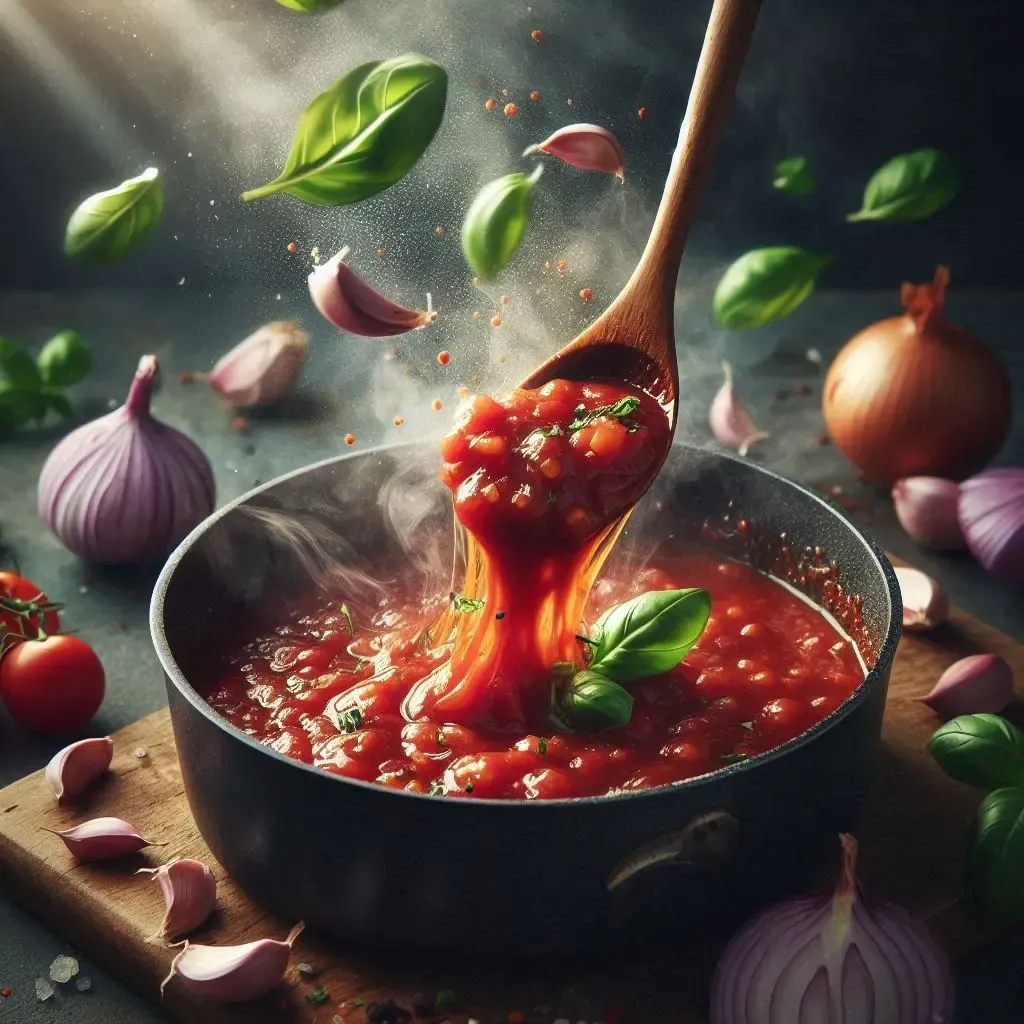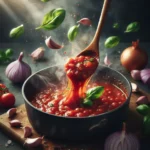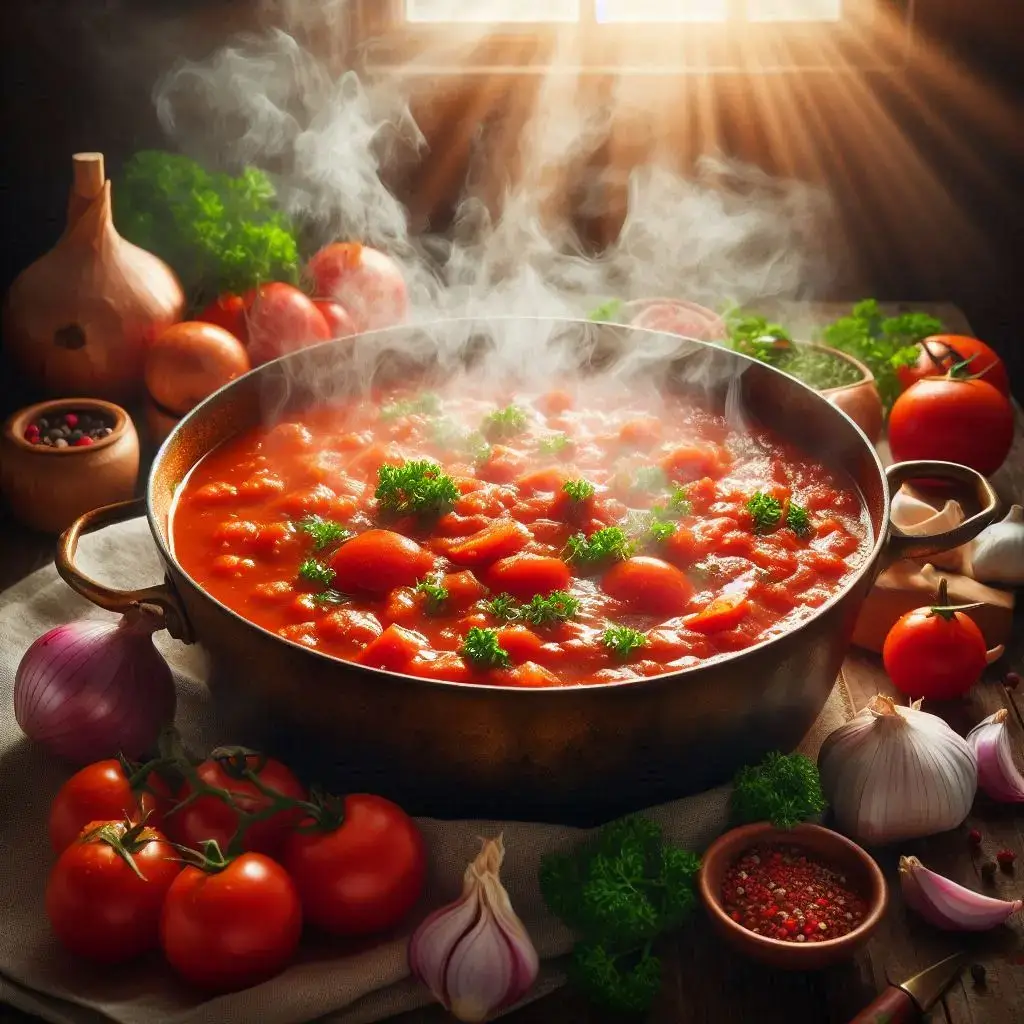
Table of Contents
Thickening a sauce is an essential cooking technique that can elevate a dish from ordinary to extraordinary. The texture of a sauce is just as important as its flavor, and achieving the perfect consistency is key to creating a satisfying culinary experience. There are several methods to thicken sauces, each with its unique advantages and uses. This guide will walk you through the most common techniques to thicken a sauce, helping you choose the best one for your dish.
1. Roux
A roux is one of the most traditional and effective ways to thicken a sauce. It is a mixture of equal parts fat (usually butter) and flour, cooked together until it reaches a desired color—ranging from white to dark brown, depending on the dish. The process of making a roux involves melting the butter in a pan, then whisking in the flour until the mixture is smooth and bubbling. The roux is then cooked for a few minutes to eliminate the raw flour taste. Once ready, it is slowly added to the sauce, whisking constantly to prevent lumps. Roux is often used in classic French dishes like béchamel and velouté sauces.
2. Cornstarch Slurry
A cornstarch slurry is a quick and easy way to thicken a sauce, particularly in Asian cuisine. To make a slurry, mix one part cornstarch with two parts cold water or broth until smooth. The slurry is then slowly poured into the simmering sauce while whisking constantly. The sauce will thicken almost immediately, so it’s essential to add the slurry gradually to avoid over-thickening. One of the benefits of using cornstarch is that it creates a glossy finish, which is ideal for stir-fries and other dishes where appearance is important. However, cornstarch-thickened sauces can become thin again if overcooked or reheated, so this method is best used just before serving.
3. Reduction
Reducing a sauce is a natural way to thicken it without adding any additional ingredients. This method involves simmering the sauce over low heat, allowing the liquid to evaporate and the flavors to concentrate. The longer the sauce simmers, the thicker it will become. This technique is particularly useful for tomato-based sauces, gravies, and pan sauces. While reduction can take time, it enhances the sauce’s flavor profile, making it richer and more intense. The key to a successful reduction is patience; rushing the process by turning up the heat can lead to burning or uneven consistency.
4. Egg Yolks
Egg yolks can be used to thicken and enrich sauces, particularly in dishes like custards, carbonara, and hollandaise sauce. To use egg yolks, first, whisk them in a bowl. Then, gradually add a small amount of the hot sauce to the yolks while whisking constantly—this is called tempering. Once tempered, the egg yolk mixture is slowly whisked back into the sauce, which is then gently heated until it thickens. It’s important not to overheat the sauce once the yolks are added, as this can cause the eggs to scramble, resulting in a curdled sauce.
5. Beurre Manié
Beurre manié is similar to a roux but is used differently. It’s a paste made from equal parts softened butter and flour, kneaded together until smooth. Unlike a roux, which is cooked before being added to the sauce, beurre manié is added directly to the sauce in small amounts, then whisked in until the sauce thickens. This method is often used for finishing sauces or gravies, adding a rich, velvety texture and a subtle buttery flavor.
6. Pureed Vegetables
Pureed vegetables, such as potatoes, carrots, or squash, can also be used to thicken sauces naturally. Cook the vegetables until tender, then puree them in a blender or food processor until smooth. The puree can then be stirred into the sauce, adding both thickness and flavor. This method is particularly useful for creating hearty, rustic sauces or soups. Additionally, it’s a great way to add extra nutrition to a dish, as the vegetables contribute vitamins, fiber, and other beneficial nutrients.
7. Arrowroot
Arrowroot is a gluten-free thickening agent similar to cornstarch. It’s ideal for dishes where a clear, glossy sauce is desired, as it doesn’t become cloudy like cornstarch can. To use arrowroot, mix it with cold water to create a slurry, then stir it into the hot sauce. Arrowroot thickens at a lower temperature than cornstarch, so it’s best added toward the end of cooking. It’s important not to overcook arrowroot-thickened sauces, as they can become slimy if heated for too long.
8. Gelatin
Gelatin is a unique thickener that can add body and a silky texture to sauces. It’s especially useful in making jellies, aspics, or setting custards. To use gelatin, first, soak it in cold water to bloom, then dissolve it in the hot sauce. Once the sauce cools, it will set, creating a firm consistency. Gelatin can also be used in smaller amounts to give a sauce a slight thickening without fully setting it.
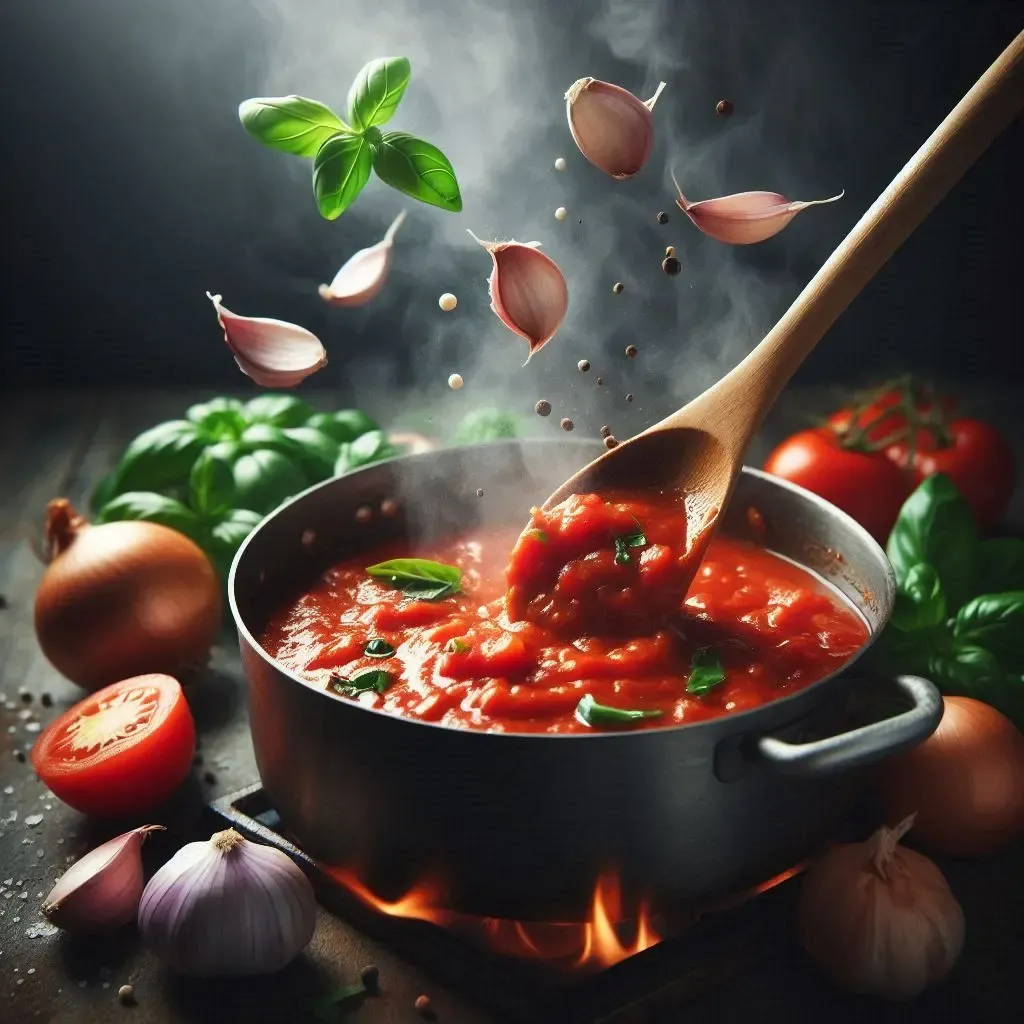
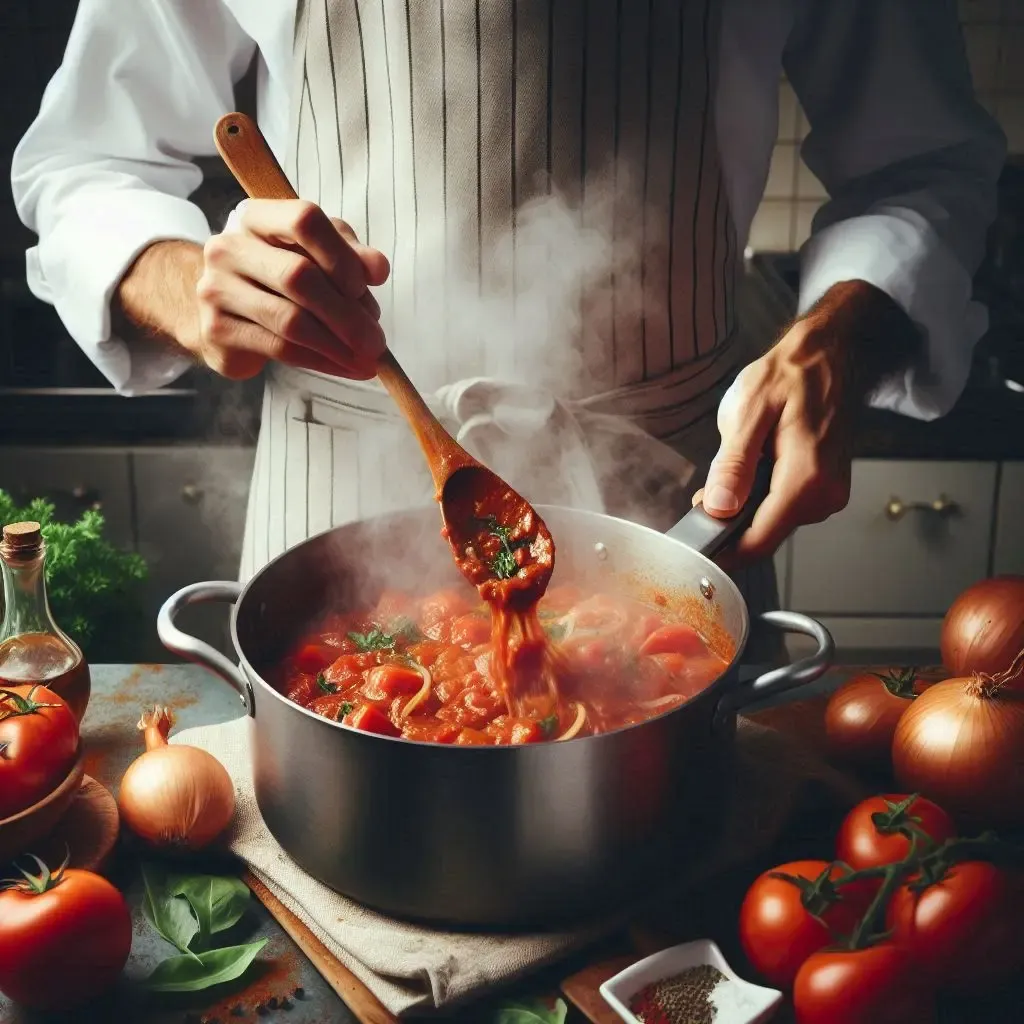
Conclusion
Thickening a sauce is both an art and a science, requiring an understanding of the ingredients and techniques involved. Whether you choose a classic roux, a quick cornstarch slurry, or a natural reduction, the method you use can significantly impact the final dish. By mastering these techniques, you can ensure that your sauces are always the perfect consistency, enhancing the flavor and texture of your meals.
How To Thicken Sauce(6 Types) – love a happy home (loveahh.com)

